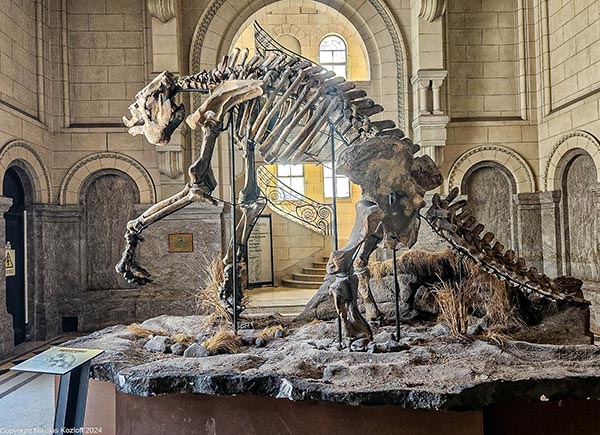
Darwin’s Legacy in Argentina
After conducting interviews in Montevideo, I took a short ferry ride to Buenos Aires. Just like Uruguay, Darwin uncovered large megafauna fossils in Argentina. When he wasn’t meeting with caudillo Juan Manuel de Rosas and dealing with chaotic local politics, Darwin fraternized with members of the influential English mercantile class in Buenos Aires.

To get a further handle on Darwin’s discoveries and legacy, I headed to the Bernardino Rivadavia Argentine Museum of Natural Sciences.
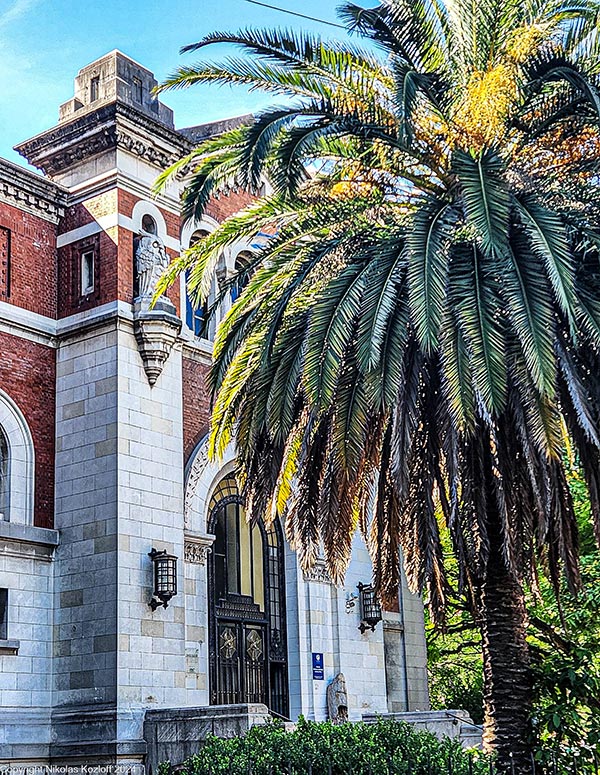
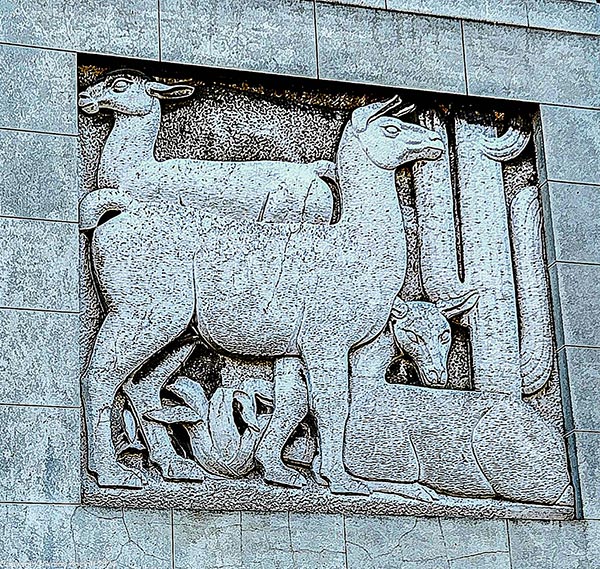
Speaking with a senior researcher, I was piqued by models of Darwin’s megafauna in an office.
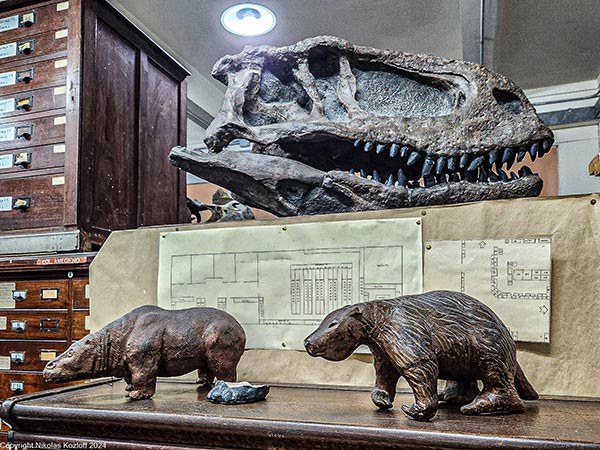
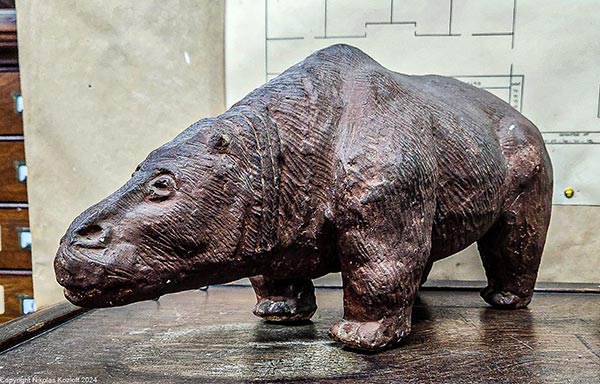
Though the museum was closed, I was given a private tour. In light of Darwin’s discoveries, I was intrigued by an exhibit dealing with the Ice Age.
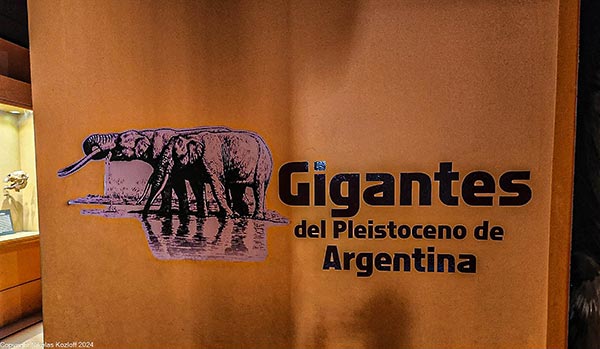
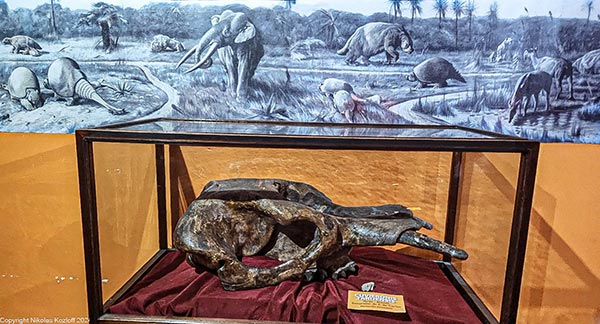
Taking in a fossil of giant sloth Megatherium, I was impressed by the sheer scale.

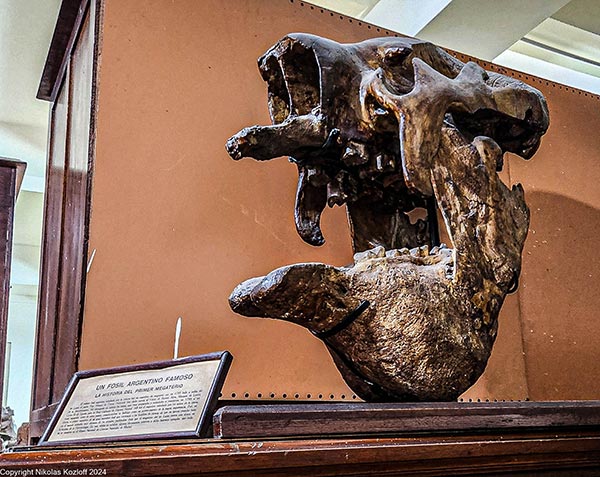
Though climate certainly played a role in the demise of megafauna, a model depicts human encroachment and hunting.
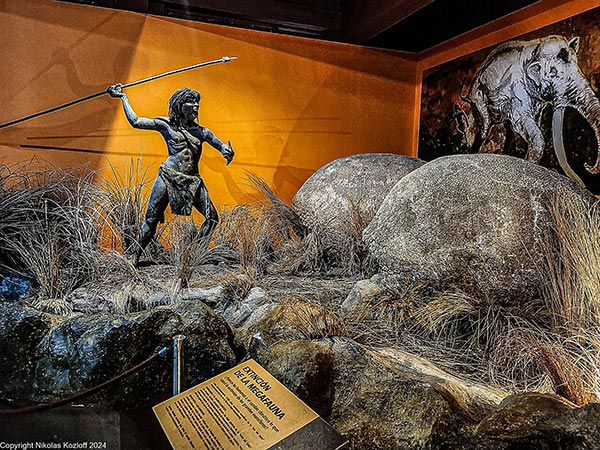
The descendants of Darwin’s megafauna, such as modern armadillos, also face environmental and climate pressures. It’s unclear, however, what the future may hold since Argentina’s recently elected president, Javier Milei, does not believe in climate change. Coincidentally, during my stay in Buenos Aires I came across Milei’s inaguration ceremony amidst throngs of people.

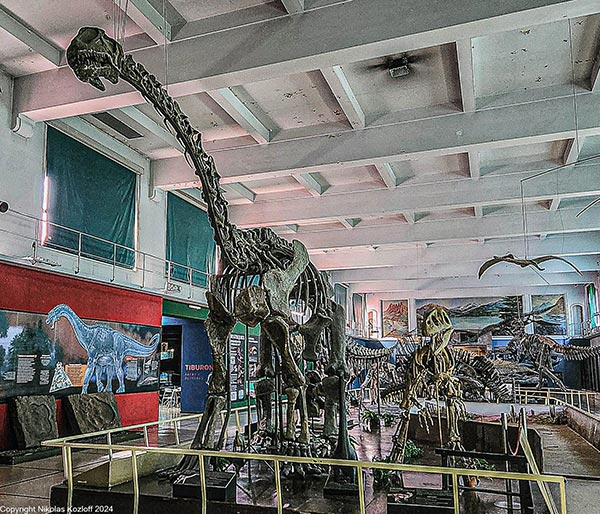

Leave a comment